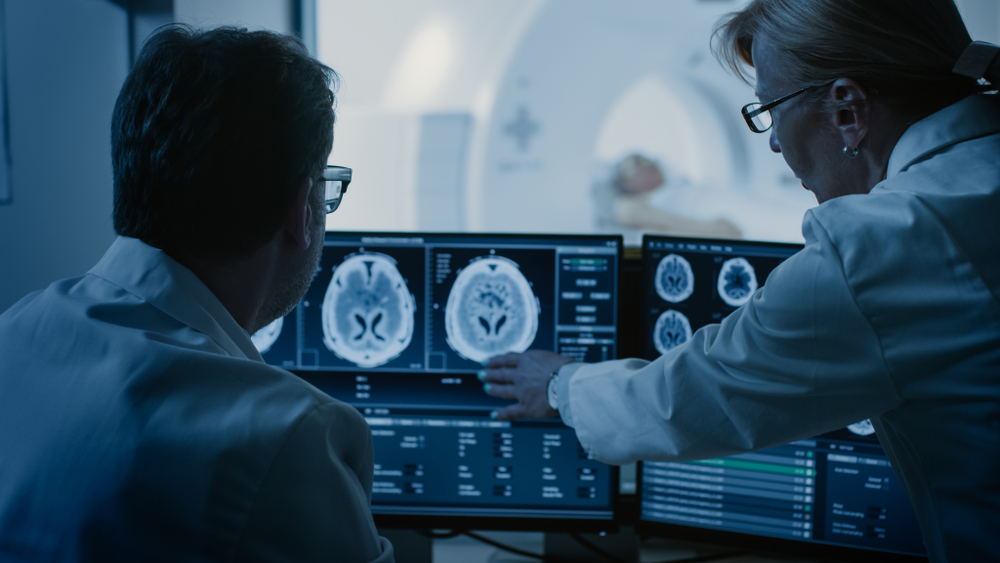 #Suggested Reading
#Suggested Reading
A key read for understanding the coma
Publication has become a reference in neurology by examining underlying mechanisms in the coma and other consciousness disorders
 A go-to reference in neurology, the updated version of the book Plum and Posner's Diagnosis and Treatment of Stupor and Coma presents structured diagnostic strategies, emphasizing the rational use of complementary medical examinations to differentiate between the multiple etiologies of compromised consciousness | Image: Shutterstock
A go-to reference in neurology, the updated version of the book Plum and Posner's Diagnosis and Treatment of Stupor and Coma presents structured diagnostic strategies, emphasizing the rational use of complementary medical examinations to differentiate between the multiple etiologies of compromised consciousness | Image: Shutterstock
WHAT IS MY RECOMMENDATION?
The fifth edition of Plum and Posner’s Diagnosis and Treatment of Stupor and Coma (Oxford University Press, 2019), published by Jerome B. Posner, Clifford B. Saper, Nicholas D. Schiff, and Jan Claassen. The first edition was published in 1966.
WHY IS THIS BOOK RELEVANT?
Plum and Posner’s Diagnosis and Treatment of Stupor and Coma is a classic work and an important reference in neurology, particularly in the field of critical neuroscience and emergency neurology.
The book provides a comprehensive, systematic approach to the assessment and management of patients with consciousness disorders, combining a solid physiopathological base with practical clinical guidance.
One of this book’s most significant contributions is its detailed approach to underlying neurological mechanisms in the coma and other consciousness disorders, providing the reader with an understanding of the anatomical and functional bases of these conditions.
Moreover, the book presents structured diagnostic strategies, emphasizing the rational use of complementary tests to differentiate between the multiple etiologies of compromised consciousness.
WHAT MAKES THIS BOOK A MUST-READ?
What makes Plum and Posner’s Diagnosis and Treatment of Stupor and Coma an essential read is its wealth of detail in the approach to lowering consciousness levels, a fundamental aspect for neurologists, critical-care professionals, and researchers in the field.
The book is logically structured and well laid out, facilitating understanding of aspects from physiopathological principles to diagnostic and therapeutic strategies.
What really captivated me was the way this book integrates classic knowledge and recent advances, providing not only a solid theoretical base, but also practical insights into the neurological assessment of critical patients.
Furthermore, the clear explanation of underlying coma mechanisms helps to interpret clinical exams and neuroimaging in a more detailed manner.
If you’re looking to enhance your understanding of stupor and coma, this work is essential. In addition to providing a trustworthy guide to clinical practice, it challenges the reader to think critically about differential diagnostics and therapy approaches.
For researchers and practitioners in the area of neurology, intensive medicine, and neurosciences, this is a must-read for its fundamental insights into clinical decision-making, and advances in scientific knowledge in this field.

Gisele Sampaio Silva is a tenured professor of the neurology discipline at the Federal University of São Paulo (UNIFESP) and Head Clinical Trialist in Neurology at Hospital Israelita Albert Einstein. Graduated in medicine at the Federal University of Ceará (UFC), Silva gained her PhD in neurology at UNIFESP, with a fellowship in cerebrovascular illnesses and neurointensive care at Harvard University and the Massachusetts General Hospital in the US. In 2014 she completed her master’s in public health at the Harvard School of Public Health.
*
This article may be republished online under the CC-BY-NC-ND Creative Commons license.
The text must not be edited and the author(s) and source (Science Arena) must be credited.




